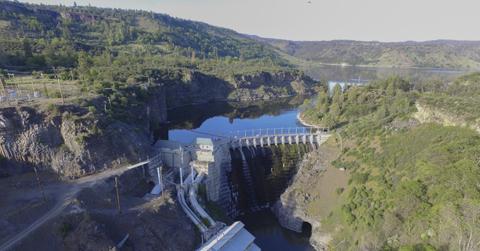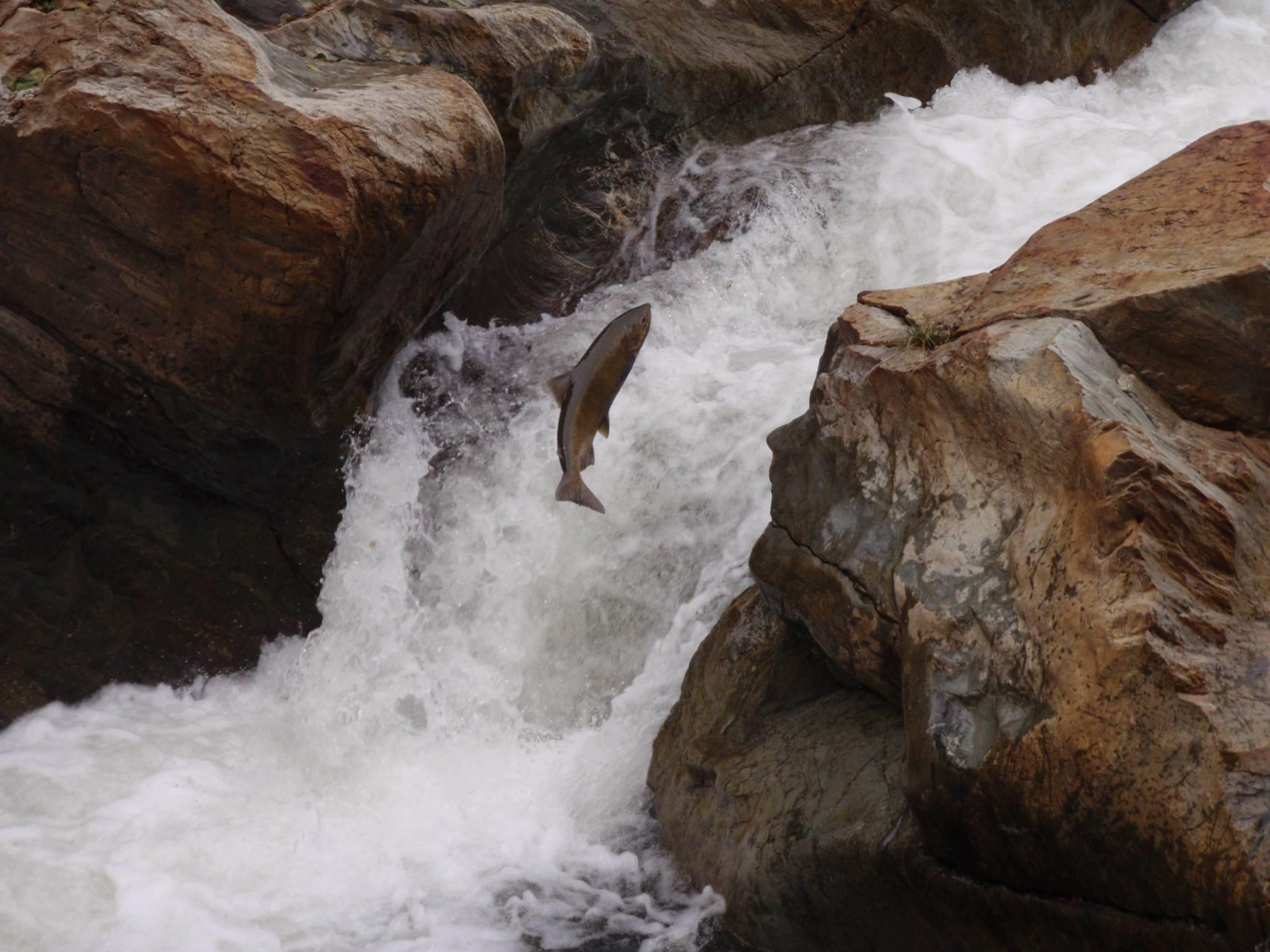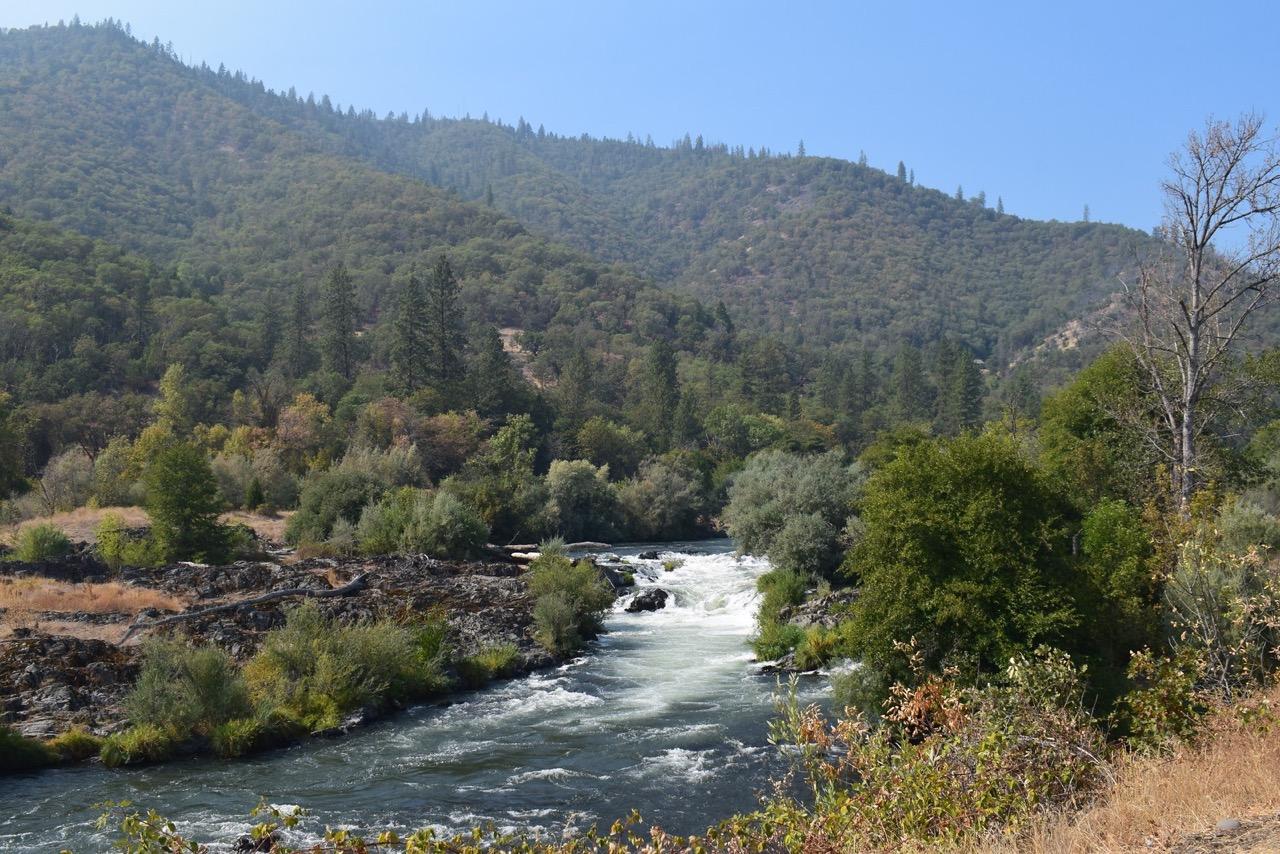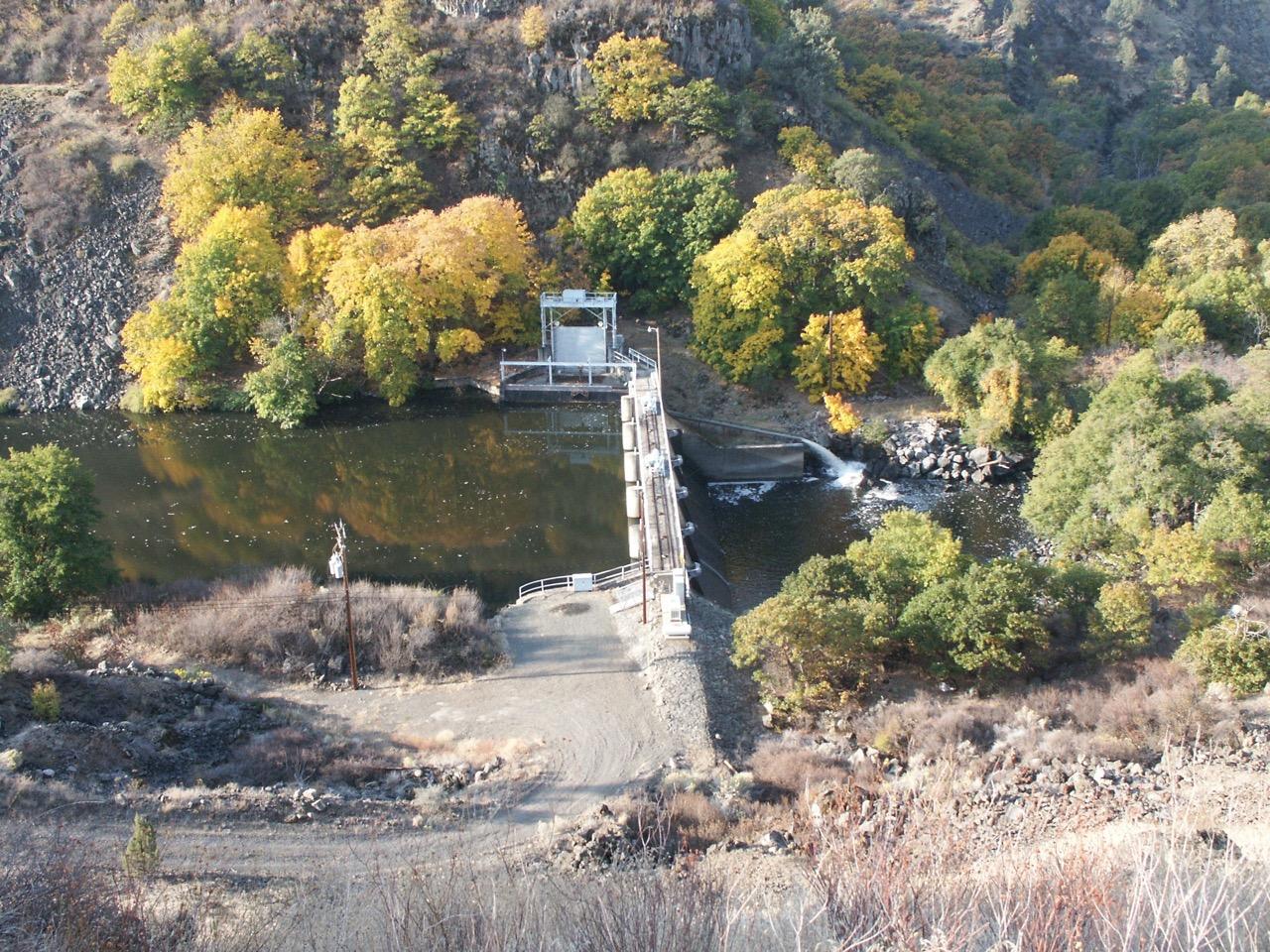The Klamath River Restoration Project Is Working to Remove Dams and Help Local Tribes
Published Dec. 15 2022, 11:14 a.m. ET
Klamath Tribes are set to receive $500,000 in order to help with restoration projects along the Klamath River, according to a press release from the U.S. Department of Interior. The funds will focus on assessing and planning restoration activities for 5 miles of the Upper Williamson River.
After overcoming challenges posed by critics, the Klamath River restoration project is ready to get to work.
The Klamath River dam removal would be beneficial to the environment.
Normally, dams can be pretty helpful, but in this case, it’s better if they are removed. By removing the Klamath River dams, salmon will be able to return to the waters for the first time in 100 years, KTVL’s News 10 reported.
This is even more important due to the fact that salmon is historically significant to the local tribes. The Karuk Tribe natural resources policy consultant described the fish as an intrinsic part of the Karuk’s cultural identity, and said the people are excited about opportunities that the dam removal will present, according to KTVL’s News 10. Removing the dams will improve water quality and allow the salmon population to grow.
Over the years, land management practices in the Upper Williamson area of the river have caused water levels to decrease. This resulted in the disappearance of vegetation and a river with warmer waters, more erosion, and more sediment. The additional $500,000 will help restore habitats.
One specific thing the Tribe is hoping to accomplish is installing beaver dam analogs, KTVL’s News 10 reported. Dam analogs are man-made systems meant to function like a dam created by beavers, as per Anabranch Solutions.
These analogs will help capture sediment and allow vegetation to grow again. Other benefits are better water quality, cooler water temperatures, and more habitat materials
Despite all of the great benefits that could result from the water restoration project, not everyone was enthusiastic about it.
Some people disagree with removing the dams.
Homeowners and ratepayers nearby have opposed the plan — they’ve voiced many different concerns. Some worry about the possibility of overruns and other liability issues, while other critics disagree with the idea that the dam removal would help the salmon, reported KTVL’s News 10.
Back in 2020, U.S. regulators also inquired about the possible costs of overruns and liability issues — questions that almost stopped the project entirely. Berkshire Hathaway, a company owned by billionaire Warren Buffett, added $50 million to the project to address these concerns, KTVL’s News 10 reported.
The organization in charge of removing the dam, Klamath River Renewal Corporation (KRRC), has created a Local Impact Mitigation Fund (LIMF).
According to the website, the LIMF will "cover demonstrated damages such as reduced well production, issues associated with instability around the reservoir rims, and certain minor increases in the risk of flooding for dwellings downstream from the dams."
KRRC also said that a fund administrator will conduct town halls and seek feedback from the local community.
According to a press release, dam removal activities will begin in 2023.
“Dam removal is the first crucial step to restore the health of the Klamath River and the communities that depend upon it,” the press release stated. “The revitalization of the Basin will help local communities thrive, by creating a more robust regional economy and providing lasting environment benefits.”



